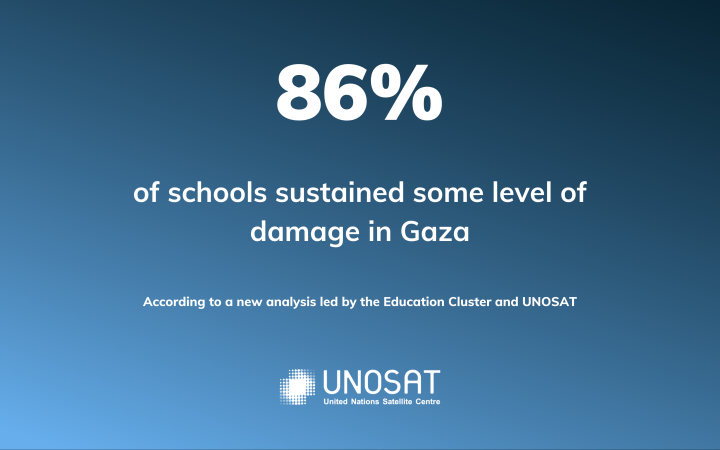Seer Medical is Australia’s largest provider of epilepsy diagnostic services and is a standout case study of an Australian company commercialising unique IP in the medtech and bioengineering spheres.
By using AI and machine learning, Seer addresses a large unmet market need in epilepsy through shifting clinical monitoring from the hospital to the home. Week-long brain and heart monitoring at home means a much faster path to diagnoses and better patient outcomes.
Seer is now expanding internationally with the UK market as its priority. The prospect of the Australia-UK Free Trade Agreement (A-UKFTA) gave Seer the confidence to prioritise expansion into the UK. Seer will benefit from the free flow of people and data between Australia and the UK when the FTA enters into force.
The company is also excited about the FTA’s Innovation Chapter. Seer’s Chief Services Officer, Tim Nelson said: ‘The A-UKFTA is providing opportunities for businesses like ours. It will support companies in the emerging digital tech sector for the broader purpose of contributing to the benefit of society.’
Home monitoring relieves hospital pressure
Seer brings a transformative approach to healthcare. The award-winning Australian medtech’s vision is to open up access to world-class clinical monitoring. In the UK, its new pathways for diagnosing and managing certain neurological and cardiac conditions, will help relieve pressure on Britain’s National Health Service (NHS).
By combining the best of devices, cloud computing, and computer science, Seer helps doctors transition their patient’s clinical monitoring from hospital to their homes.
Nelson explains: ‘Patients can safely and successfully have complex neurological conditions like epilepsy, and epilepsy-like events monitored over one week, in the comfort of their own homes. By using our advanced neurodiagnostic equipment, we are successfully removing bottlenecks in the healthcare system in Australia.’
Seer’s impressive Australian track record
The reality is epilepsy is very difficult to diagnose. It has a high misdiagnosis rate (30%). Approximately 30% of people living with epilepsy also cannot control their seizures with existing treatments.
In Australia Seer’s at-home epilepsy monitoring system and wearable devices have helped more than 13,500 Australians access clinical-grade monitoring since launching in 2017. In the last five years Seer has diverted more than 220 years of in-patient hospital bed monitoring to the home. This has saved the Australian healthcare system more than A$ 191 million. It frees up beds for urgent care and cuts patient wait times to one to six weeks as opposed to 6 to 18 months.
Seer’s value to the UK’s NHS
‘In the UK, we can also help reduce hospital waitlists,’ said Nelson. In the UK 85% of healthcare is delivered by the NHS. More than 1.5 million people are on an NHS wait list for a diagnostic test. Post Covid-pandemic, the NHS mandated 95% of diagnostic procedures within six weeks. Currently only 70.2% of diagnostic procedures meet that target.
‘There is real opportunity for us in the UK market,’ says Nelson. ‘600,000 people in the UK live with epilepsy. That’s around one in every 100 people. Each week, approximately 600 people are diagnosed. And each year around 1,000 people die from causes related to epilepsy. But in half these deaths there’s no obvious cause.’
‘We are primed to help the NHS and health system close gaps like these and save lives,’ he says.
The practical benefits of the A-UKFTA
Seer set up its London office in August 2022 and is staffing up. The A-UKFTA will facilitate such workforce mobility. Also, it will support better collaboration between governments, universities, research institutions and other non-government actors, and better recognition of qualifications.
Seer is collaborating with the likes of the Epilepsy Foundation of America, the Mayo Clinic, King’s College and Fitbit. ‘Knowledge transfer is critical to us. As is the free flow of data,’ says Sarah Gundlach, Seer’s Head of Communications. ‘The A-UKFTA will enable that.’
With more than two million hours of clinical data, curated over years, Seer has built the world’s largest epilepsy data library. This data trains the event-labelling algorithm. It also enabled Seer data scientist, Dr Pip Karoly to develop a breakthrough seizure risk forecasting app. She was recently awarded the Australian Prime Minister’s Prize for New Innovators for it.
‘The Prime Minister’s Prizes for Science are a wonderful way to show Australians how science and discovery can bridge into innovation and real-world application,’ explains Dr Karoly.
How Austrade has helped
‘In addition to attending key meetings like the International League Against Epilepsy and the Association of Neurophysiological Scientists annual meetings, Austrade has introduced us to some major industry events in the UK,’ says Nelson. ‘They’ve also supported our own activities here in the UK.’
Recently Seer’s collaboration with King’s College London and others were celebrated at King’s Health Partners annual conference. ‘With Austrade’s help we are integrating into the UK’s health sphere,’ Nelson says.
Seer began monitoring its first UK patient in October 2022. Seer is in advanced conversations with a major, neurology-focussed central London NHS Foundation Trust to pilot using its home-based monitoring systems with patients.
Go further, faster with Austrade
- Go to Austrade export services to learn the basics, find the right markets and understand market requirements
- Contact an Austrade Investment Specialist in the UK
- Check out Austrade events and webinars on UK market opportunities








